
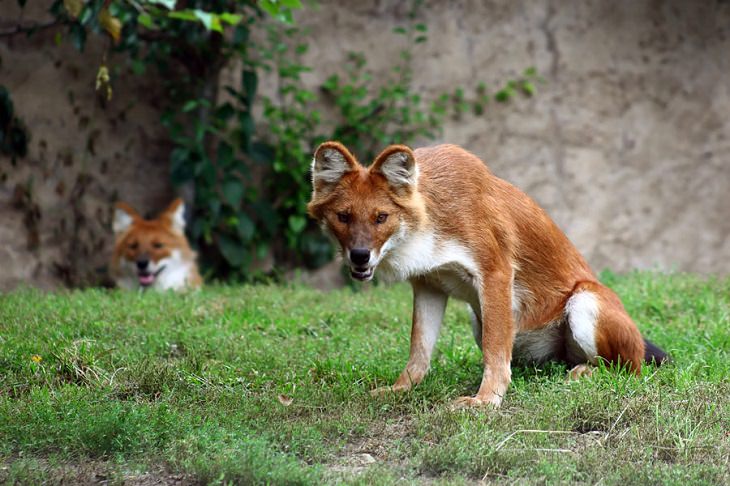
This is a species of canid which is native to South and Southeast Asia. It is a highly social animal that lives in large clans and only splits up into smaller groups when it is time to hunt. Its preys on medium-sized ungulates (animals with hooves), which it hunts by tiring them out with long chases. They then kill their prey by disemboweling them. Though fearful of humans, a pack of Dholes are often bold enough to attack wild boars, water buffaloes, and even tigers.

These members of the pig family are found on the Indonesian islands of Sulawesi, Togian, Buru and Sula. A babirusa must continually grind its tusks otherwise they will eventually pierce the animal’s own skull.
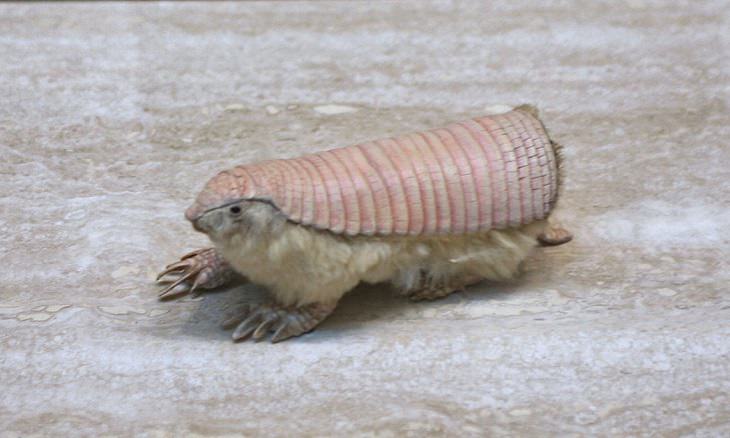
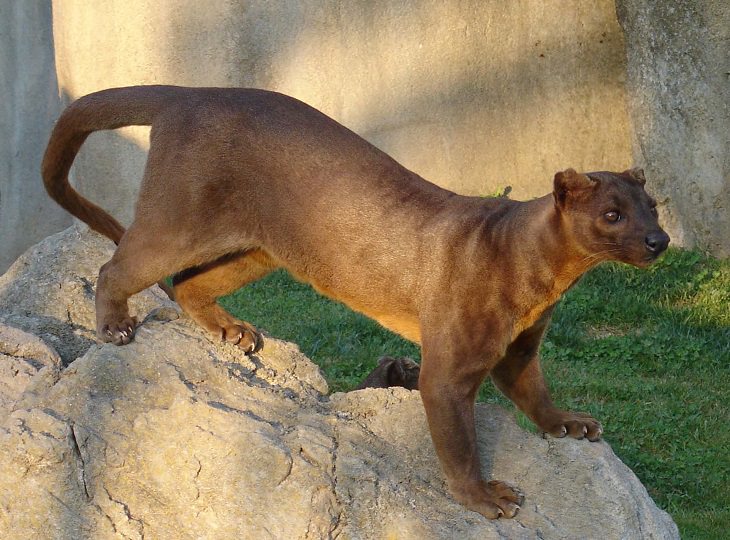
This is a cat-like carnivorous mammal that is endemic to the island of Madagascar. It's the largest mammalian carnivore on the island and is often compared to a small cougar. Its semi-retractable claws and flexible ankles allow it to climb up and down trees head-first, and offer support when jumping from tree to tree.
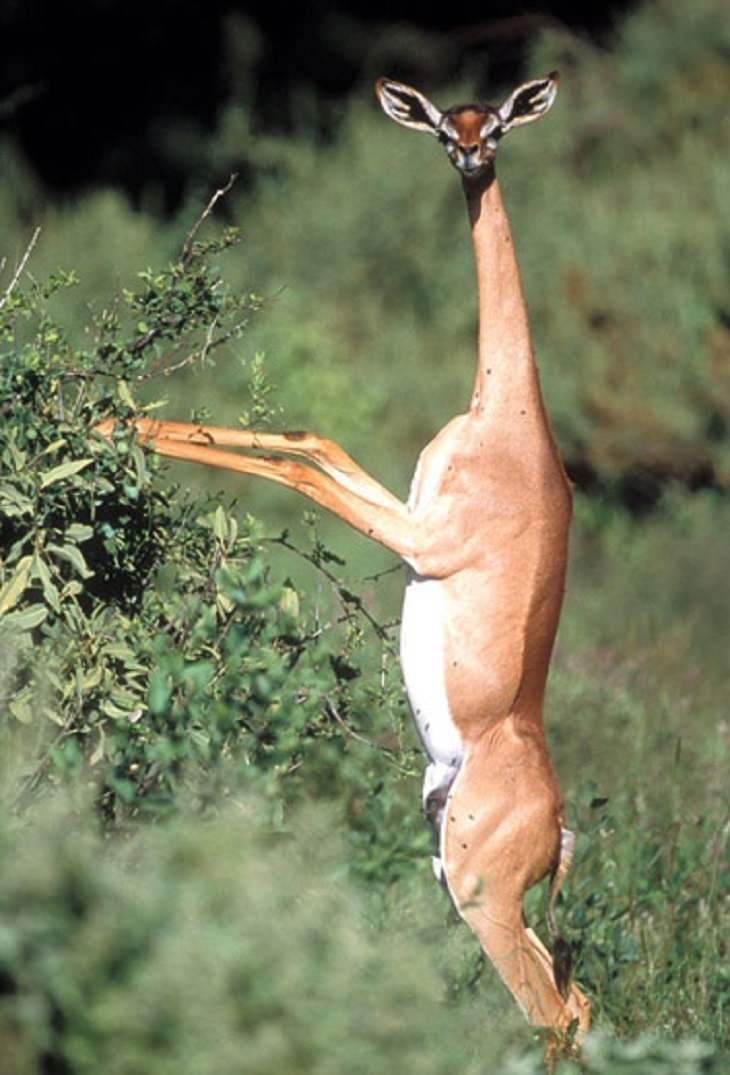
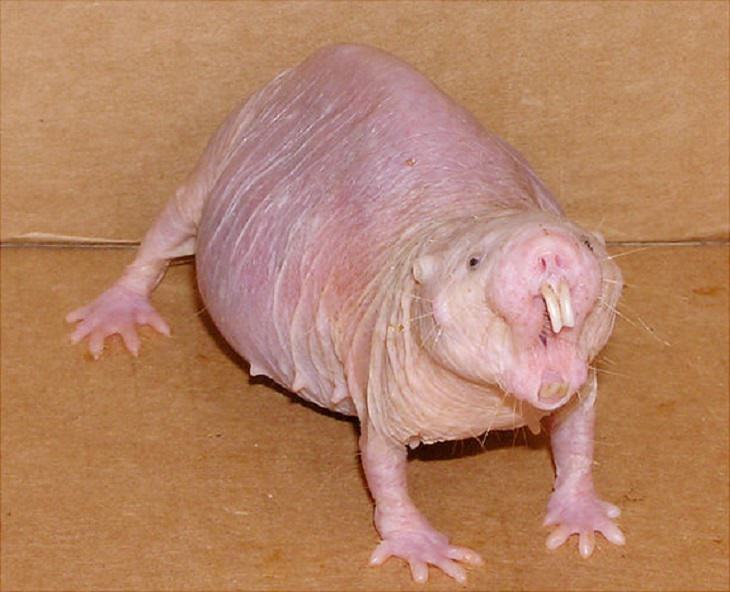
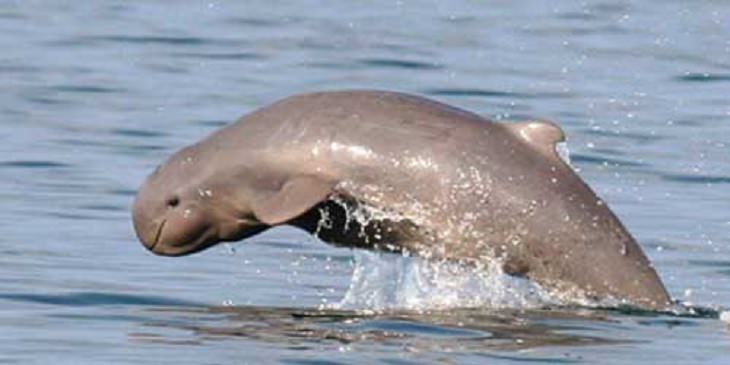
Is a species of dolphin which is found near sea coasts and in the estuaries and rivers of the Bay of Bengal and Southeast Asia. Genetically, this little creature is closely related to the killer whale.
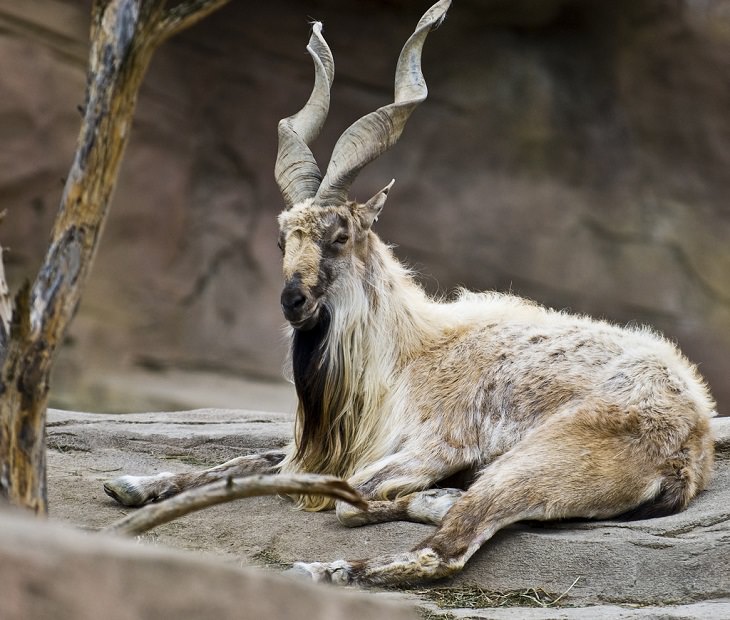
A large species of wild goat that is found in northeast Afghanistan and Pakistan. This species is classified by the IUCN as endangered since there are fewer than 2,500 mature individuals left in the world. While chewing the cud, a foam-like substance drops from its mouth onto the ground and dries. This foam-like substance is sought after by the locals, who believe it helps extract poison from snake bites. The Markhor is the national animal of Pakistan.
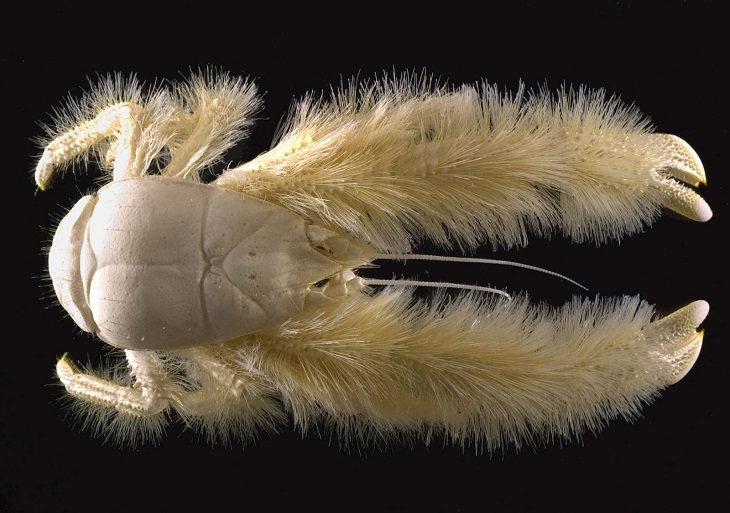
This crab is a marine decapod that lives on deep-sea hydrothermal vents and cold seeps. These animals are often referred to as “yeti crabs” due to their furry white claws and legs.
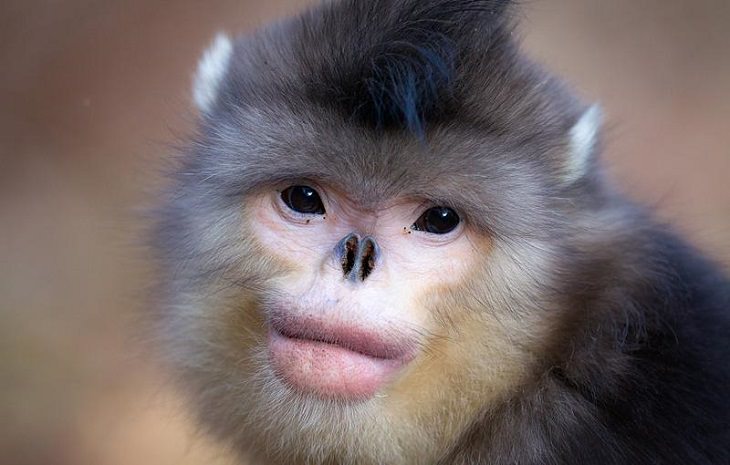
These monkeys live in different parts of Asia and acquire their name from the short stump of a nose on their round face. The monkeys spend most of their lives in the trees and they live together in huge groups of up to 600 members.
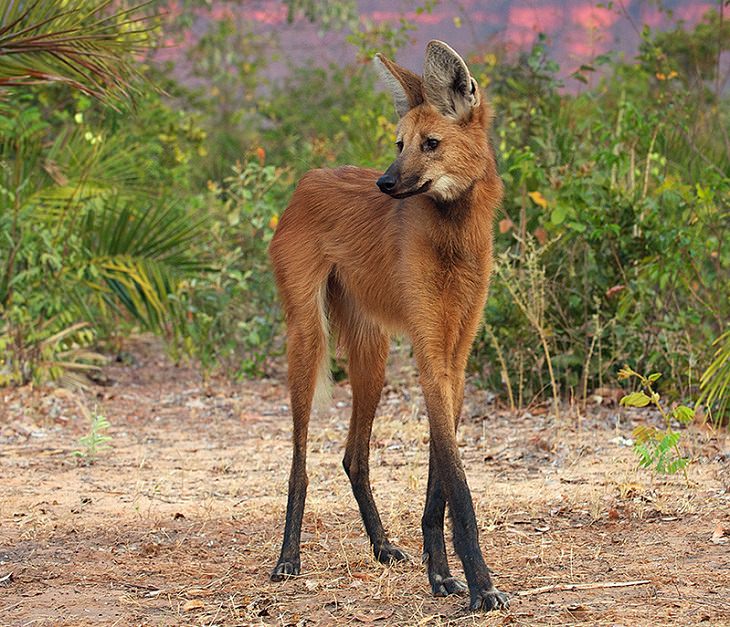
This is the largest canid in South America and is found in open and semi-open habitats, especially grasslands with scattered bushes, throughout the continent. The maned wolf is the tallest of all wild canids and its long legs are an adaption to the tall grasslands found in its native habitat.
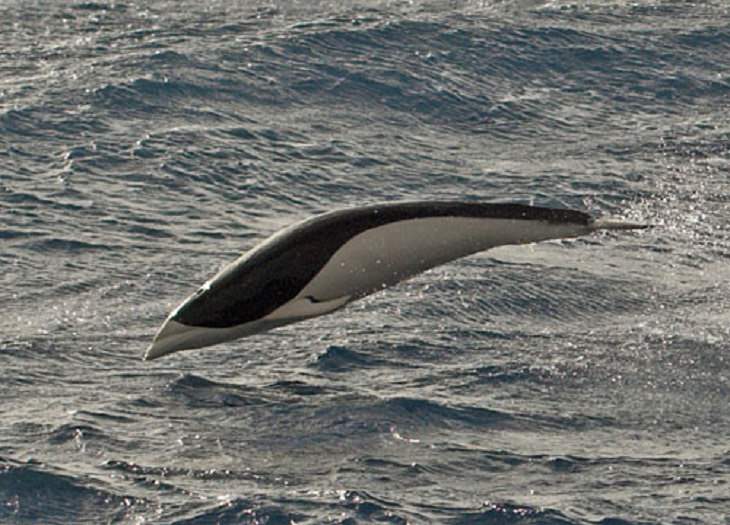
This small and slender mammal is found in the cool waters of the Southern hemisphere. They are very fast swimmers and have no visible teeth or dorsal fin. They are very graceful and often move by continuously leaping out of the water.

This small deer is found in south Asia – it has soft, short brownish or grayish hair and is omnivorous. It sometimes even displays scavenging behavior by feeding on carrion. Males are extremely territorial and, despite their small size, they can be very aggressive.
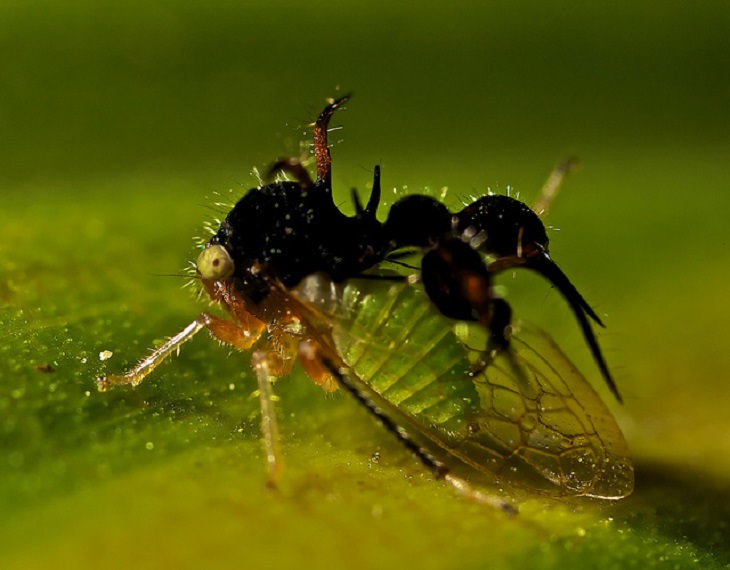
This treehopper looks like it has an ant growing out of its head – it is actually a clever disguise that helps hide it from predators.
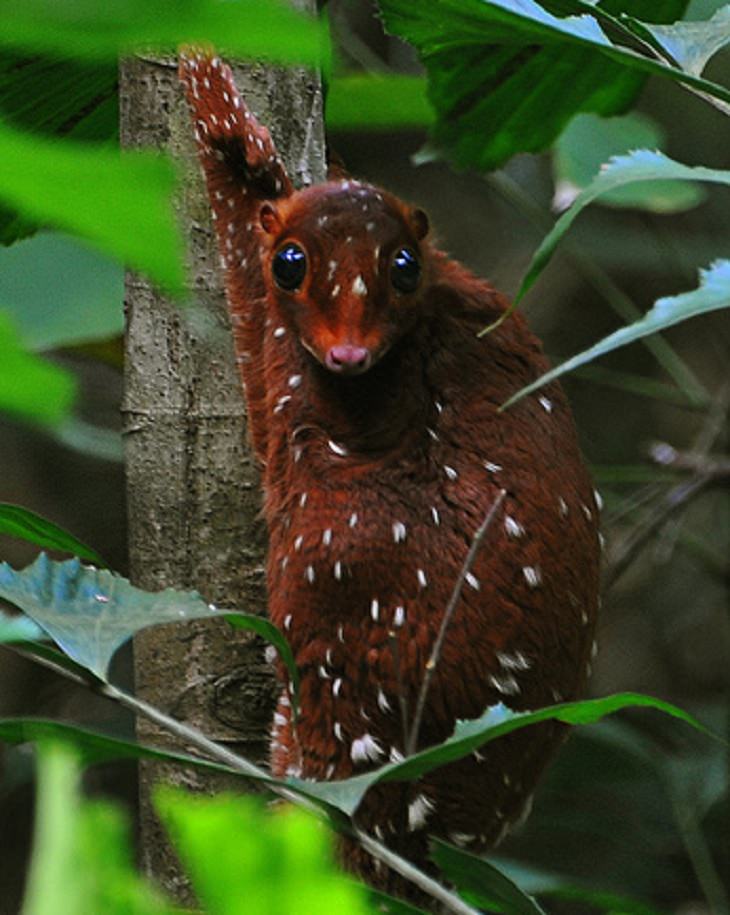
This creature is not actually a lemur and it does not fly – it glides from tree to tree. It is strictly arboreal, is active mostly at night, and feeds on flowers and fruits. This cute creature can be found throughout Southeast Asia in Thailand, Malaysia, Singapore and Indonesia.
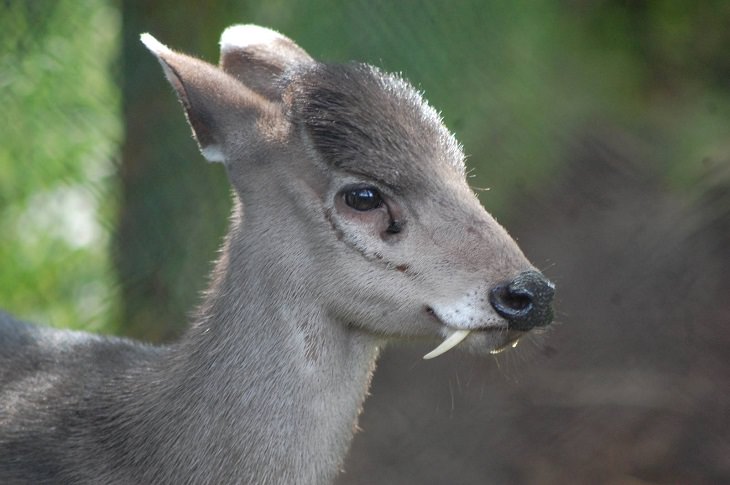
This small species of deer is characterized by the tuft of black hair it has on its forehead. It is a very close relative of the muntjac, and lives over a wide area of central China. It is a shy animal, mostly solitary, and prefers places where there is good cover to hide in.
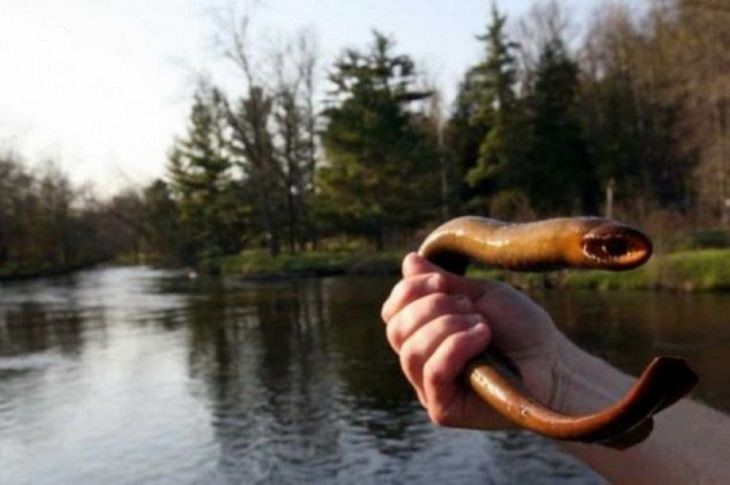
A type of jawless fish that lives in coastal and fresh waters. The adults are characterized by a toothed, funnel-like sucking mouth. They feed by attaching themselves to fish and sucking their blood. These bizarre creatures have been around for over 300 million years and their body structure has not changed at all.
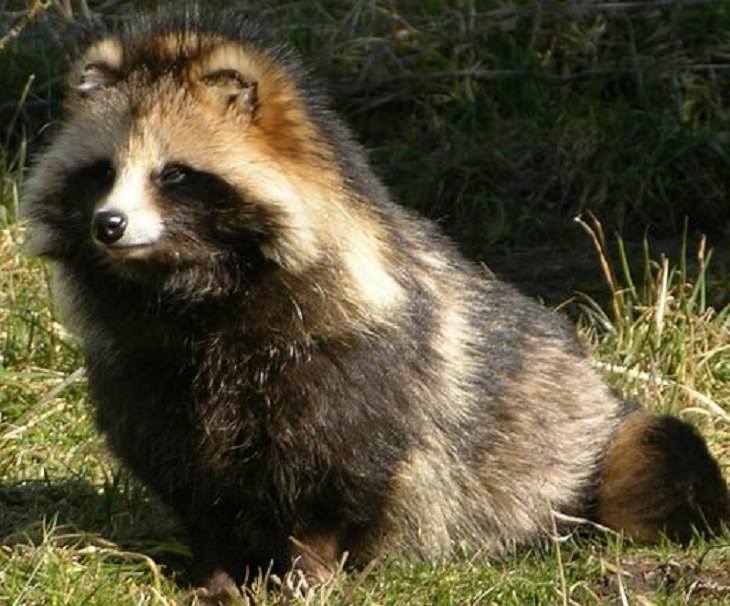
Is a canid which is indigenous to East Asia. The racoon dog is named after its resemblance to the racoon, but they are not related. They are very good climbers and often climb trees.
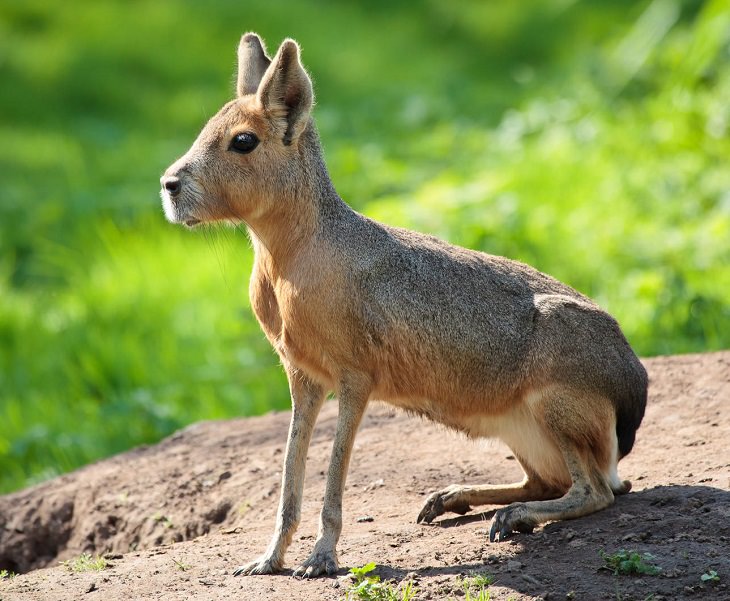
A large rodent which is found in parts of Argentina. This herbivorous rabbit-like animal has distinctive long ears and limbs, and its hind limbs are longer and more muscular than its forelimbs.
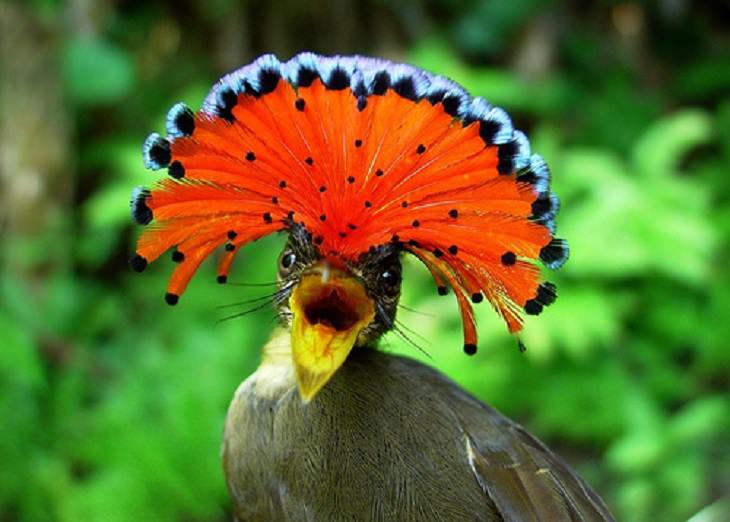
Is found in the forests and woodlands throughout the Amazon basin. They are about 6.5 inches in length and like to dart out from branches to catch flying insects. They build very large nests (sometimes up to 6 feet long) on branches near water. The nest hangs over the water which makes it more difficult for predators to reach.
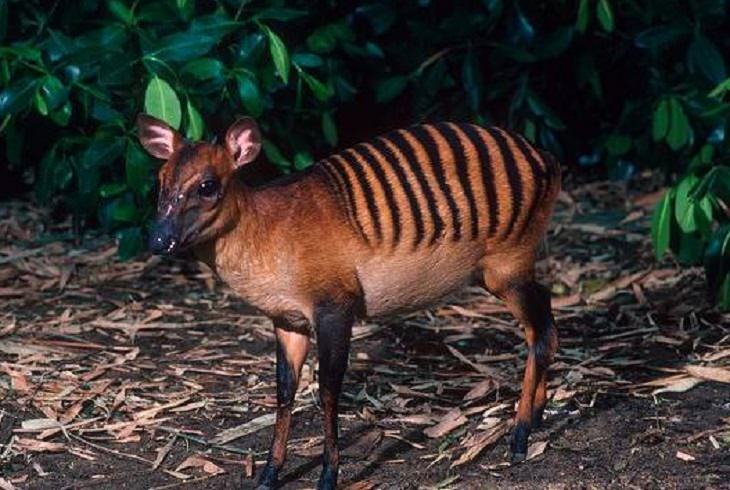
Is a small antelope found in the Ivory Coast and other parts of the continent. Their zebra-like stripes give them their name. Their prong-like horns are 4.5 cm long in males, and around half that in females. They can be found in lowland rainforests and eat mostly leaves and fruits.
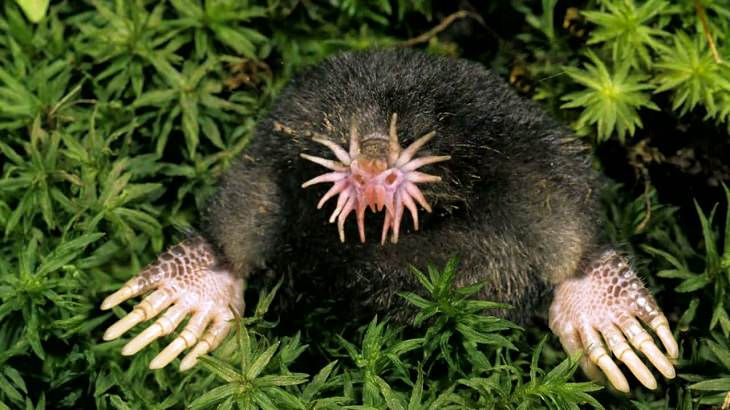
A small mole which is found in the wet low areas of eastern Canada and the northeastern United States. It is identifiable by the pink fleshy appendages on its snout, which is a touch organ with over 25,000 minute sensory receptors – it uses these to feel its way around.
Source: viralnova